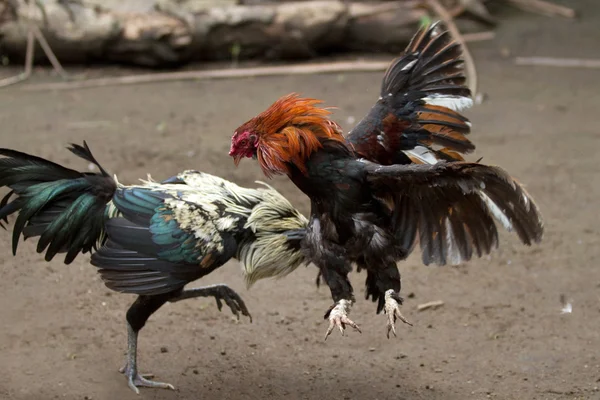The Art of the Pitmaster: Masters of Strategy in Cockfighting
September 21, 2023
Conclusion
The Pitmaster in the world of cockfighting represents a unique blend of skill, expertise, and tradition. While they play a pivotal role in the preparation and strategy of gamecocks, the ethical concerns surrounding cockfighting cannot be ignored. As societies continue to evolve and place greater emphasis on animal welfare, the future of this age-old sport remains uncertain. It is important to engage in informed discussions about the ethical implications of cockfighting while acknowledging the deep-rooted cultural significance it holds for some communities.

Cockfighting, a centuries-old tradition, has evolved into a complex and highly regulated sport. While it remains controversial in many parts of the world due to concerns about animal cruelty, there is no denying the deep-rooted cultural significance and history of this sport in some regions. Within the world of cockfighting, there exists a unique and often misunderstood role known as the “Pitmaster.” In this article, we’ll explore the art of the Pitmaster, their vital role in the world of cockfighting, and the strategies they employ to gain an edge in this competitive and controversial sport.
The Pitmaster: An Essential Figure
The Pitmaster, often likened to a coach or trainer in other sports, plays a crucial role in preparing and managing gamecocks for battle. Their responsibilities go far beyond simply breeding and training the birds; they are also responsible for the overall strategy, care, and well-being of the roosters throughout their careers. Pitmasters are typically highly experienced and knowledgeable individuals who have honed their skills over years of involvement in the sport.
Breeding and Selection
One of the primary responsibilities of a Pitmaster is to select and breed gamecocks that possess the desired traits for successful combat. This involves understanding the genetic makeup of the birds, their bloodlines, and identifying those with the best potential for victory. Pitmasters carefully evaluate characteristics such as strength, agility, endurance, and temperament to create formidable fighters.
Training and Conditioning
Training gamecocks is an art form in itself. Pitmasters employ various techniques to build the physical and mental toughness of their roosters. Conditioning routines include exercises, sparring, and controlled exposure to stressors that mimic the conditions of a real fight. The Pitmaster’s expertise in conditioning can make a significant difference in the ring.
Strategy and Matchmaking
The Pitmaster’s role extends to strategic planning for each match. They analyze the strengths and weaknesses of both their own bird and the opponent, aiming to exploit advantages and minimize risks. Matchmaking is a delicate process that involves selecting opponents of similar skill levels and fighting styles to ensure fair and entertaining contests.
Game Day Preparation
On the day of the fight, the Pitmaster takes on the role of a coach and motivator. They ensure that their bird is in peak physical condition, often using massage, warm-up exercises, and psychological techniques to prepare the rooster for battle. The Pitmaster’s presence ringside can provide a source of reassurance and guidance during the fight.
Controversy and Ethical Concerns
It’s important to acknowledge that cockfighting remains a highly controversial sport, and the Pitmaster’s role has been a subject of ethical debate. Opponents of cockfighting argue that it involves cruelty to animals and should be banned, while proponents insist on the cultural significance and tradition that surrounds the sport.
In many parts of the world, cockfighting has been outlawed due to concerns about animal welfare and the potential for illegal gambling. Critics argue that the breeding, training, and fighting of gamecocks lead to suffering and death for these birds, often under cruel conditions.
